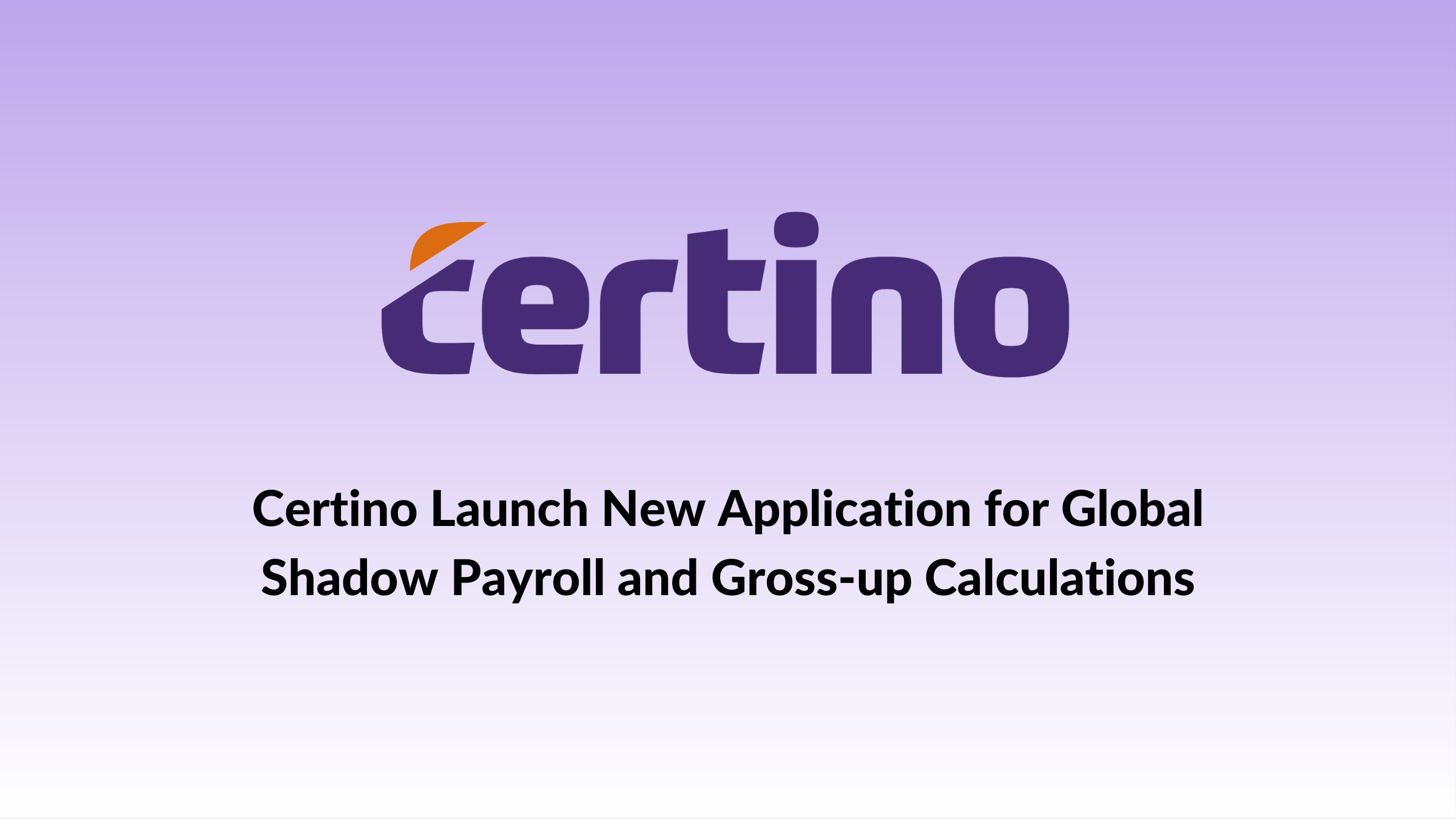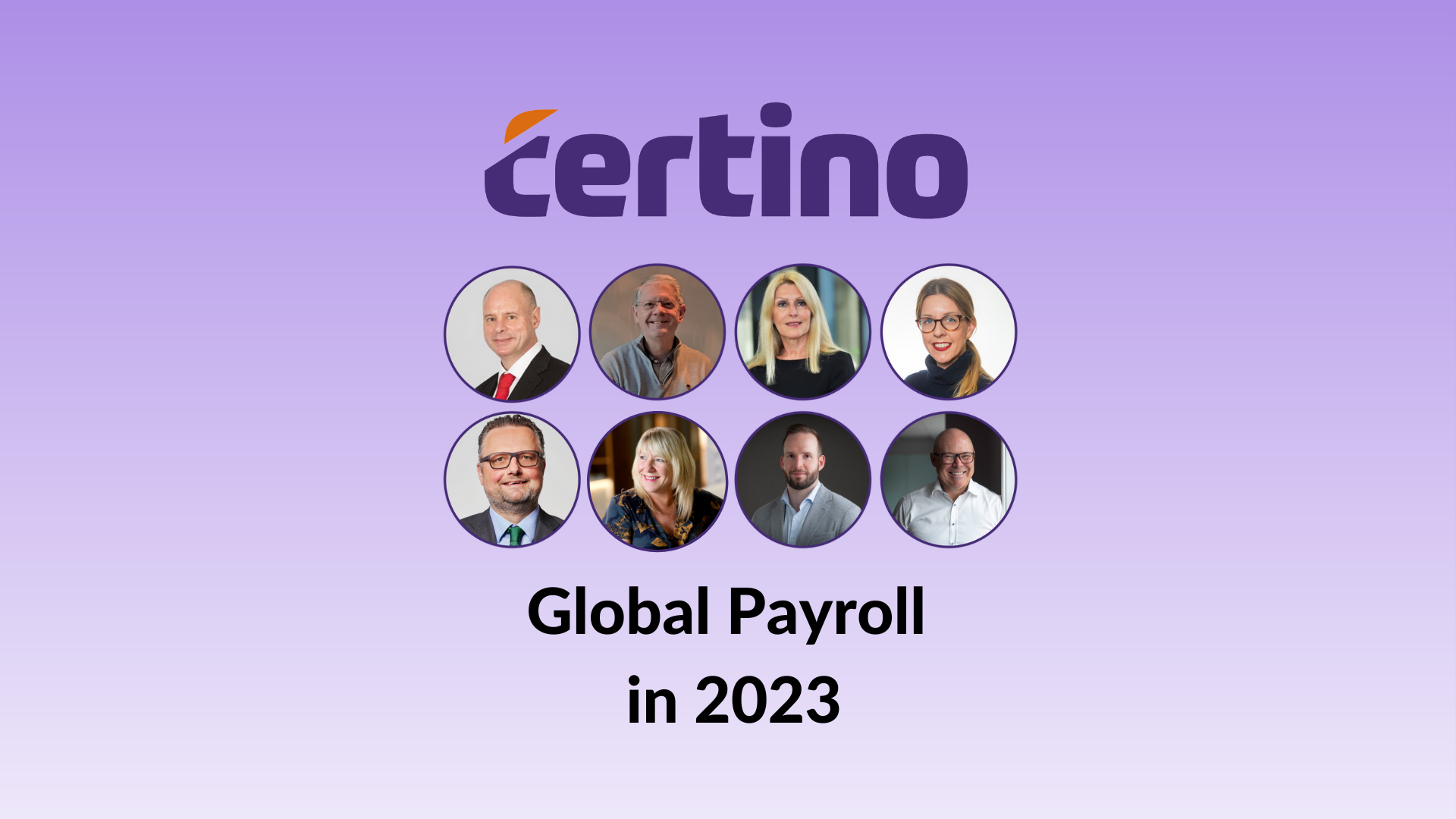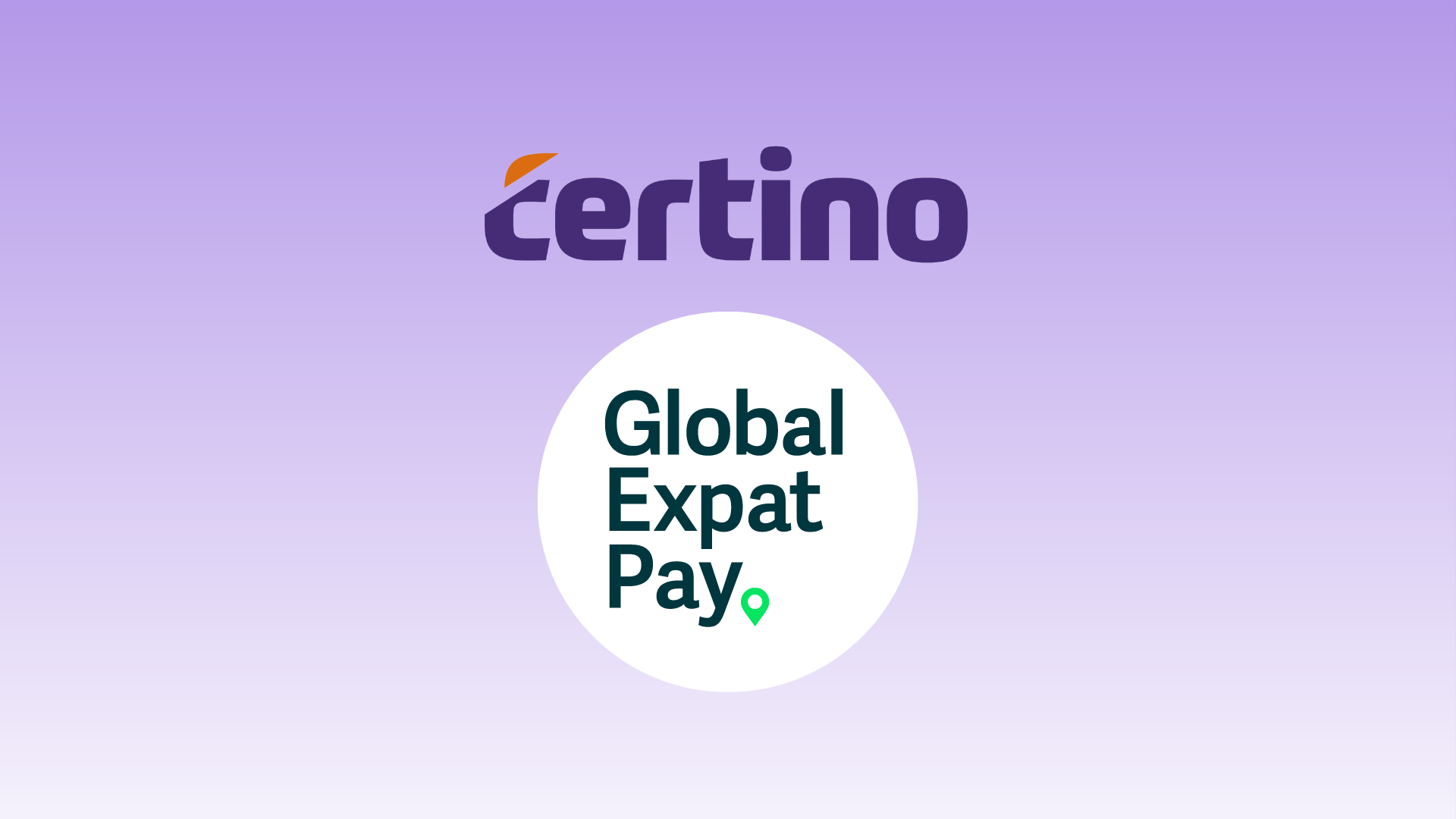The shadow payroll landscape is constantly changing, and it can be exhausting to keep up. Yet when it comes to shadow payroll, even if the legal requirements change rapidly, the principles do not.
So, if you don’t have a good shadow payroll process, it’s time to take a deep breath and start drawing one up. While it might sound complicated and overwhelming, it’s absolutely achievable, even if you’ve never done it before.
“A good shadow payroll process not only helps employers stay payroll compliant while deploying a globally mobile workforce quickly and cost-efficiently, but it can also streamline relevant downstream processes with its ripple effect to achieve optimisation for the entire process chain. It should help you stay ahead of changes, stay compliant, and accommodate rapid expansion. All with minimal effort.”
Key components of a good shadow payroll process
There are many components to an effective shadow payroll process, to simplify what’s involved, we’ve broken them down into two core pillars:
1. Leadership, expertise, and dedicated resources
Companies with a good shadow payroll process usually have strong in-house leadership with dedicated resources. This might include a specialist shadow payroll vendor team with dedicated client knowledge.
Teams involved in shadow payroll have a solid understanding of host country shadow payroll obligations and how they relate to assignees from a given home country. This means the host payroll withholding obligation can be identified in a timely manner.
In addition, we often find there’s strong collaboration and shared understanding of roles and responsibilities, especially between the global mobility and payroll teams, with knowledge of how to manage retrospective filings.
2. Integrated process flows and data collection

Good shadow payroll processes have clear operational process flows engaging all key stakeholders (payroll, mobility team, tax advisors, accounting, etc.).
Processes integrate into fit-for-purpose system(s) for multi-source data collection. This means data is easily collected from HR information systems, assignment management systems, travel tracking systems, and payroll systems with globally standardised methods of exchanging compensation data.
With all this in place, assignments, business travel and commuting can be digitally monitored which allows for timely provision and processing of data from source systems.
How to develop a good shadow payroll process
Developing a good shadow payroll process will help you stay on top of everything from tax gross-ups to year-end returns. As you develop your process, consider the following steps.
-
Define goals and objectives; Identify what is the prioritised goal in this phase, what is causing bottlenecks and brainstorm ways to fix the issue. It can even be as simple as, “We use spreadsheets and disparate data. This leads to manual errors and consumes a lot of time. Using automated systems will help solve both these issues”.
-
Clearly document monthly/annual process steps; Before you can dive into developing your process, you need to know what happens when and who should be involved. Clearly document all monthly and annual process steps, ideally, you should include action owners and a shared timeline.
-
Define input data and output file templates; Work with Home and Host Country systems to design and define your input data and output file templates, which provides needed standardisation and consistency.
-
Define home and host tax positions; Tax regimes vary significantly around the world. Having some general positions agreed upfront not only sets up the operational framework for the country in question, but also saves your team from last minute panic when launching a new country. Additionally, to determine who is responsible for bearing the cost of these potential tax differences, it is critical that companies have the relevant agreement and policies in place when sending employees on assignment.
-
Plan an annual payroll calendar and monthly catch-up time slots; Your global payroll calendar serves as a place where anyone can find out what happens when. Which country will be under more time pressure this month? What’s coming down the pipeline this quarter? Do we need to request more off-cycle slots for any catch-up runs for equity related activities, for instance?
-
Create best practice process documentation; No process can be successful without some guidelines to keep things running the way they should. Start with an understanding of each stakeholders priorities and constraints, followed by sharing process diagrams, data processing rules, and mapping documents, before moving on to shared best practice documentation.
-
Create a new country roll-out plan; Finally, a good process always plans for the future - draw up a draft of what will need to be considered and actioned when a new country is to be rolled out, or when a new population requires support. A regular meeting for all stakeholders can also help to prepare for upcoming events, avoiding unpleasant surprises. A lot of this will depend on your organisation structure and your team.
Managing your shadow payroll process
A good shadow payroll process allows for the easy registration of a new mobile working arrangement case in the relevant system and continual assessment of whether an employee has triggered a shadow payroll obligation for the host/home country combination.
When an obligation is triggered, it allows the initiation of your clearly defined shadow payroll processes for the eligible mobile worker population. You simply monitor the process against a set checklist and metrics for errors and exceptions, and where appropriate initiate registration, enrolment, filings, or rebilling, as required.
Assignees and internal teams are fully supported and timely while executing their responsibilities within the shadow payroll process. Your pre-defined metrics can then be used to identify problem areas allowing for continual improvement.
How to overcome the challenges to a good shadow payroll process
The last few years have seen some huge changes for teams involved in shadow payroll. Keeping on top of these changes can mean a lot of additional work. It’s never been more important to work as efficiently and effectively as possible.
By saving time on routine jobs such as importing data you can concentrate on ensuring that shadow payroll really adds value to the business.
Challenge 1 – Compensation data
Shadow payroll requires the use of global compensation data which is fully mapped to host country taxability. Clients often face the challenge of harnessing global compensation data from many separate systems under huge time pressure.
Tips to overcome the challenge:
- Map data sources to ascertain the reliable source for each data type.
- Global mapping of core compensation data to minimise mistranslation of compensation items.
- Establish country-specific data input and output templates with the vendor, and practice data reporting into the templates.
- Engage a vendor with a comprehensive mapping system to cleanse and format compensation data ready for shadow payroll calculations.
Challenge 2 – Competing priorities
There are often competing priorities such as cost effectiveness vs timeliness; or level of complexity vs. resource required.
Tips to overcome the challenge:
- Prepare ahead all home and host country tax positions and data processing rules.
- Digitise global compensation collection and apply country standard templates to improve processing efficiency.
- Automate shadow payroll for a quick turnaround and accurate calculation results.
Challenge 3 – Local legislation
It can be difficult trying to keep up with all legislation changes for a global company leading to out-of-date processes.
Tips to overcome the challenge:
- Where there’s unrealistic data reporting requirements – adopt a modified payroll scheme where possible, so that filings can be performed one month in arrears.
- Follow tax advisor’s news updates.
- Ensure clear communication of relevant host country regulator changes.
Challenge 4 – Net to gross calculation
Local payroll vendors may have limited ability to calculate gross up taxes where the employees are on a net pay arrangement.
Tips to overcome the challenge:
- Ensure clear payroll instruction of calculation types and net pay.
- Engage a vendor with the capability to perform all payroll required calculations (gross-to-net; net-to-gross; or partial gross up).
Challenge 5 – Host local set-up
Operating shadow payroll in the host country may trigger requirements to register and concerns for potential permanent establishment risks, etc.
Tips to overcome the challenge:
- Early consultation with local tax advisor regarding local registration, payroll remittance regulations and host expatriate specific considerations.
- Engage relevant internal stakeholders as part of the discussion (corporate tax, accounting, etc.) so that risks external to payroll can be spotted and mitigated at the earliest stage.
- Engage payroll vendors early in the set-up process so that preparation for roll out can start as soon as possible.
Challenge 6 – Cost recharging
The rebilling process between home and host entities, or even between entities within the same jurisdiction, can be very complex. Challenges range from determining what cost to rebill to the accurate calculation of such costs based on disparate global compensation data.
Tips to overcome the challenge:
- Establish a database of your mobile employees and create a comprehensive data set providing necessary information for rebilling – such as foreign exchange rates, home/host entity cost centres, VAT application in the host location, etc.
- Agree and document the type of employment costs to be recharged for each mobile worker policy group.
- Automate the cost calculation process with global cost recharging mapping.
Putting it all together
Looking at the above laundry list can feel daunting. There’s a lot to consider. But there is a path forward. As demand increases for companies to perform complex, labour-intensive shadow payroll tasks, automation can offer a way to save time and significantly increase overall efficiency. It’s this real frictionless, automated approach that ensures timely and compliant shadow payroll.
Here is where Certino solves and shines. Simplifying shadow payroll, Certino automates processes and analyses international employment tax calculations at scale.
Instead of manually manipulating, calculating, reconciling, and double-checking data for days on end, companies can now just check the automated output calculations and simply sign-off within minutes.
At Certino, we’re huge advocates of ensuring a frictionless shadow payroll process. Not only do we strongly believe in this approach, but we have seen incredible results for our clients.
Or if you’re interested in a deeper dive into what a fully automated best practice shadow payroll process looks like please get in touch for a free consultation.








